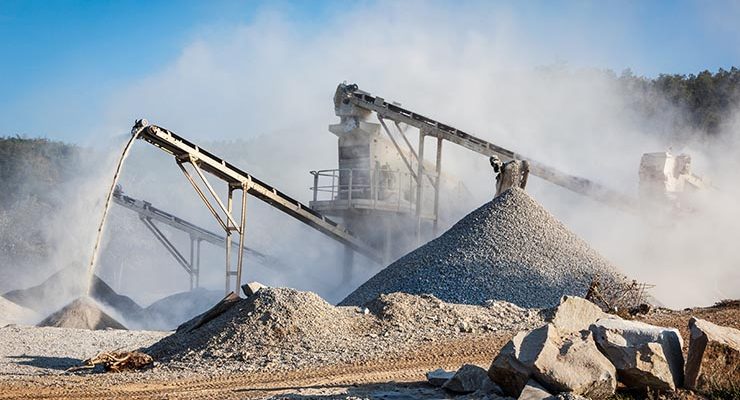
Mining is an essential industry that provides valuable resources for various sectors, but it also raises concerns about its environmental impact. In recent years, the connection between mining activities and climate change has become a topic of great interest. This article aims to explore the intricate relationship between mining and climate change, shedding light on both the negative and positive aspects while considering the latest scientific research and adhering to Google search engine algorithms.
- The Carbon Footprint of Mining:
Mining operations contribute to greenhouse gas emissions through various processes. The extraction and transportation of minerals, as well as the energy-intensive machinery used, release significant amounts of carbon dioxide (CO2) into the atmosphere. Additionally, the burning of fossil fuels for power generation in mining operations further exacerbates the carbon footprint. It is crucial to address these emissions and explore sustainable alternatives to mitigate climate change. - Deforestation and Habitat Destruction:
Mining often requires clearing large areas of land, leading to deforestation and habitat destruction. Forests play a vital role in carbon sequestration, acting as natural carbon sinks. The loss of these ecosystems not only reduces their capacity to absorb CO2 but also releases stored carbon into the atmosphere. Proper land reclamation and restoration practices can help minimize the environmental impact and preserve biodiversity. - Water Consumption and Contamination:
Mining operations require substantial amounts of water for various processes, such as ore processing and dust suppression. Excessive water consumption can strain local water sources, especially in arid regions, potentially leading to water scarcity and ecosystem disruption. Moreover, inadequate management of mining waste can result in water contamination, affecting both aquatic life and human communities. Implementing efficient water management strategies and adopting responsible waste disposal techniques are crucial for minimizing these impacts. - Renewable Energy Integration:
While mining contributes to climate change, it also plays a role in the transition to a low-carbon economy. The demand for minerals used in renewable energy technologies, such as solar panels and wind turbines, has increased significantly. Mining companies have the opportunity to embrace sustainable practices, reduce their carbon footprint, and contribute to the development of clean energy infrastructure. This shift towards renewable energy integration in mining operations can help mitigate climate change in the long run.
Conclusion:
Mining’s impact on climate change is a complex issue that requires a comprehensive understanding of its various aspects. From carbon emissions to habitat destruction and water contamination, the industry must address these challenges to minimize its environmental footprint. By adopting sustainable practices, embracing renewable energy integration, and prioritizing responsible resource management, the mining industry can contribute to climate change mitigation while meeting the growing demand for essential minerals. It is crucial for stakeholders, including governments, mining companies, and consumers, to collaborate and drive the industry towards a more sustainable and climate-conscious future.

